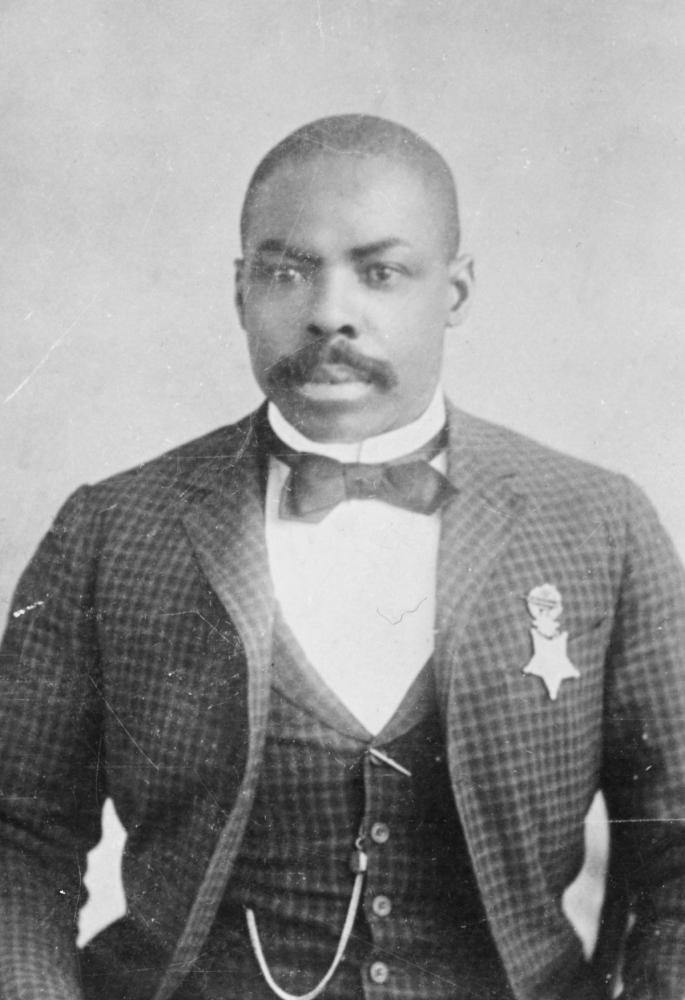
Isaiah Mays, a Buffalo Soldier awarded the Medal of Honor in 1890 for his actions during the Wham Paymaster Robbery, was born as a slave in Carters Bridge, Virginia, on February 16, 1858. Very little is known about his life other than his military service.
Although born into slavery, Mays became free after the American Civil War. Sometime later, he moved from Virginia to Ohio. There he enlisted as a private of Company B, 24th United States Infantry at Columbus Barracks in 1886 and rose to the rank of corporal. He was then assigned to duty in the Arizona Territory.
In May of 1889, Corporal Mays, Sergeant Benjamin Brown, seven other infantrymen, and two cavalrymen of the Tenth Cavalry were ordered to escort the military payroll, carried by Major Joseph W. Wham, to pay the soldiers of Forts Bowie, Grant, Thomas, and Apache. After paying the soldiers of Fort Grant on the morning of Saturday, May 11, the payroll wagons began the journey to Fort Thomas. They were transporting exactly $28,345.10.
At around 1:00 in the afternoon, the troops were ambushed from fortified positions built by bandits above the road. For about two hours, a gunfight waged between the unmasked robbers and the Buffalo Soldiers. Mays had taken cover behind the escort wagon until he ran out of pistol ammunition. He was then able to take shelter behind a ledge and told the rest of his men to continue fighting. Since Sergeant Brown was incapacitated, Mays took command. When the fighting had ended, no soldiers had been killed but almost all had been wounded. Mays, whose legs were wounded, managed to crawl to the Cottonwood Ranch two miles away. The payroll was already long gone by the time help arrived. Days later, when some of the suspects were arrested and brought to court, Mays and the other soldiers identified them all by name. Despite that, the all-white jury disregarded their testimony and acquitted every suspect.
On February 19, 1890, Mays was awarded the Medal of Honor for “Gallantry in the fight between Paymaster Wham’s escort and robbers.” Mays continued to serve in the army until 1893. He resigned and spent the rest of his days as a laborer in Arizona.
By 1923, Mays was indigent, however, and had no form of income. When he applied for a federal pension, he was denied and received no aid. With nowhere left to go, Isaiah Mays ended up in Arizona’s Territorial Insane Asylum. He died at age sixty-seven in 1925.
For decades after his death, Mays’s burial site was marked only by a brick with a number etched on it. Through the efforts of Arizona veterans and hospital staff, the memory of Mays did not completely slip into obscurity. In 2001 112 years after his actions, Isaiah Mays was given a proper Medal of Honor headstone, and by 2009, his remains had been relocated to Arlington National Cemetery.

